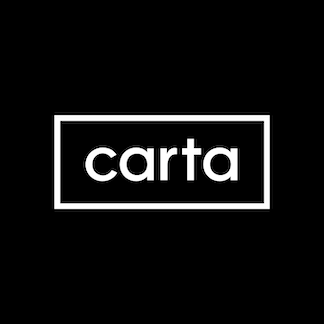What is a private company?
A private company is a type of business entity that is privately owned, either by an individual or a group. Private companies can still issue company stock and raise capital from outside shareholders, but their shares do not trade on a public stock exchange.
Because their shares are not for sale to the general public, private companies do not face the same financial disclosure and reporting standards that are required of public companies.
A company may also elect to become a “public company” that complies with public reporting requirements, but without being traded on a stock exchange. This can be required by law if a company has more than 2,000 stockholders, for example.
Types of private companies
Private companies tend to be smaller and have fewer shareholders than public companies. However, private companies come in many shapes and sizes. A family-owned hardware corner store is a private company. So is Cargill, which recorded $165 billion in revenue in its fiscal 2022.
Private companies can have many different ownership structures. A private company could be owned by an individual, a family, a group of outside investors such as venture capitalists, another private company, or by some combination thereof.
Private companies are commonly structured in a few different ways:
Sole proprietorship
A sole proprietorship is owned and operated by a single individual. It does not exist as a separate legal entity, which means the individual owner is personally responsible for all debts, liabilities, and other risks associated with the business.
General Partnership
A general partnership has a similar structure to a sole proprietorship, but with two or more owners and operators instead of one.
Limited liability company (LLC)
A limited liability company is a standalone entity that shields its owners from personal responsibility for debts or liabilities. LLCs are subject to flow-through taxation, meaning the owners report any profits and losses on their individual tax returns. An LLC is something of a middle ground between a sole proprietorship and a corporation, combining aspects of each.
C-corporation
A C-corp is a standard type of business structure in which the corporation is taxed separately from its shareholders. This means shareholders in C-corps are subject to double taxation. Like an LLC, a C-corp provides limited liability for shareholders. There is no limit to how many shareholders a C-corp can have. Most publicly traded companies are C-corps.
S-corporation
An S-corp is a corporation that elects to be taxed under a different structure—one in which the company does not pay corporate income taxes, with its shareholders then avoiding double taxation. Instead, individual shareholders pay taxes on their own profits, like an LLC. An S-corp cannot have more than 100 shareholders, which makes this taxation structure unrealistic for larger companies.
Public companies vs. private companies
There are several other key differences between public and private companies:
Regulation
The U.S. Securities and Exchange Commission (SEC) has strict financial reporting and disclosure requirements for public companies. The same regulations do not apply to privately held companies.
Taxation
Most public companies that are corporations are taxed as C-corps, while private companies can more often come in different forms with different tax treatments.
Ownership
Public companies are owned by shareholders who buy and sell shares on a stock exchange open to all investors. Shares in private companies are not typically available to the general public.
Liquidity
Because they trade on a stock market that can host thousands of transactions each day, public companies are much more liquid than private companies, meaning it’s easier for shareholders in public companies to sell their shares for cash.
At Carta, we help private companies unlock liquidity through tender offers and secondary block trades.
Valuation volatility
The frequent trading of public stocks means that the valuation of a public company can change many times in a single day. However, the availability of liquidity, plus the information shared with the public via disclosure filings, means that the valuation may be more accurate on a day-to-day basis.
Private companies generally retain one official valuation for much longer, because the sales of their shares is much less frequent and may not take into account all changes in the business since the last pricing event.
Transparency
Public companies are much more transparent than private companies, because of the financial reporting that is required by the SEC to protect investors.




